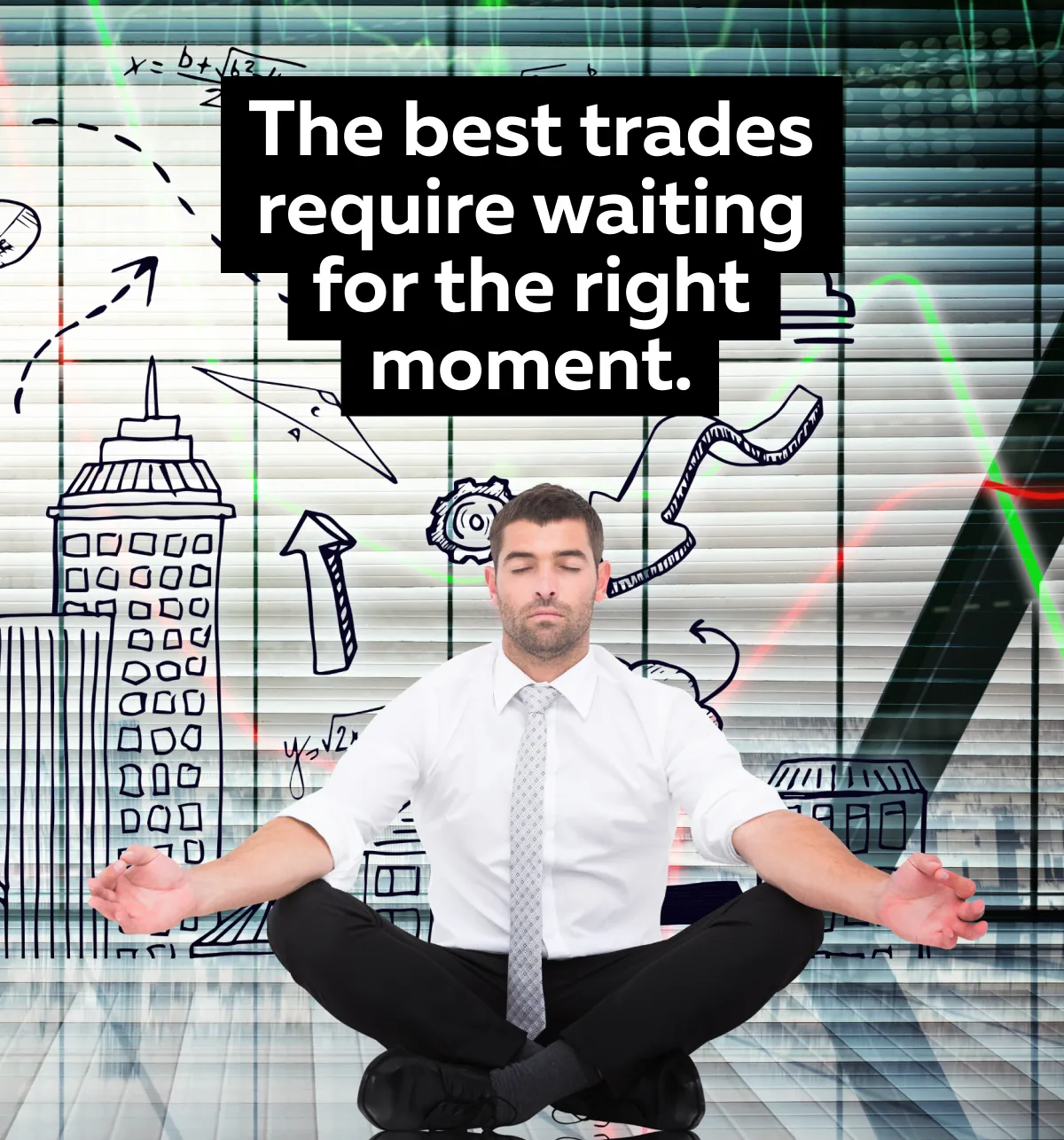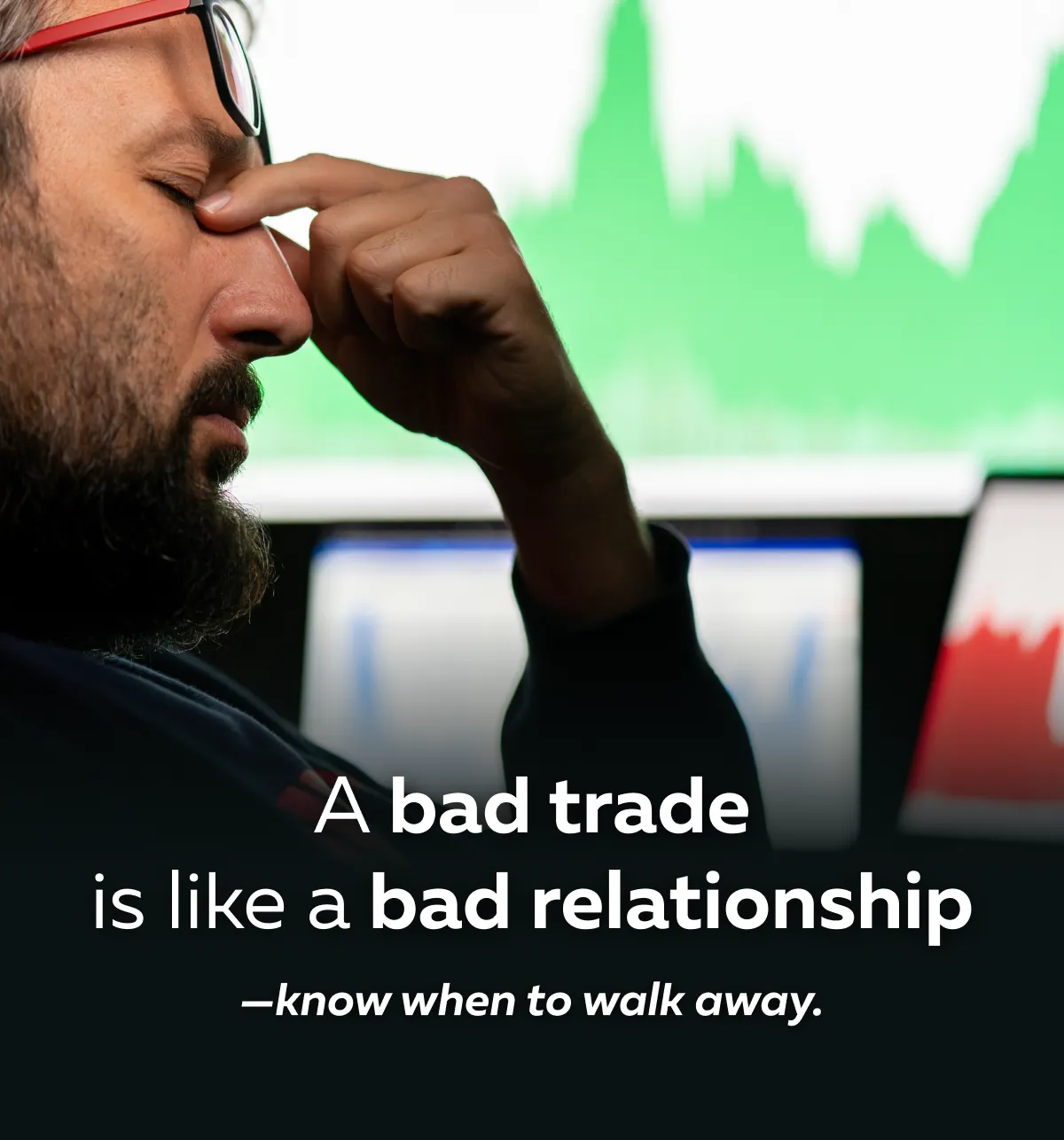

December Trading
Deals Are Live!
Save on Global+, data access,
and add-ons.
See All December Deals

Black Friday
Nov 28-Dec 31
26 days : 22 hours
50% OFF Global+ Quarterly
+ 50% OFF Data (3 months)

Cyber Monday
Dec 1 - Dec 31
26 days : 22 hours
60% OFF Global+ Monthly
+ Data (1 month)

Add-on Deals
Dec 1 - Dec 31
26 days : 22 hours
50% OFF
Add-ons

New Year Sale
Dec 26 - Jan 1
20 days : 22 hours
30% OFF Global+ Lifetime
*Data not included
Trading Basics
March 5, 2025
SHARE
10 Essential Lessons Every Trader Should Remember
 Success in trading isn’t about luck—it’s about following the right process, managing risk, and staying disciplined. Whether you’re a beginner or an experienced trader, these 10 essential lessons will help you stay on the right path.
Success in trading isn’t about luck—it’s about following the right process, managing risk, and staying disciplined. Whether you’re a beginner or an experienced trader, these 10 essential lessons will help you stay on the right path.
📌 Key Takeaways:
- Learn proven trading principles that apply to any market.
- Avoid common psychological traps that derail traders.
- Discover practical strategies to improve your decision-making.
Lesson #1: Follow the Process Like a Pro

📌 “Trading is a marathon, not a sprint.”
Great traders don’t chase shortcuts—they follow a structured process. Like an athlete training for competition, every trade should be backed by research, risk management, and execution discipline.
✅ Tip: Track your trades, analyze your performance, and refine your strategy over time. Every small improvement compounds into long-term success.
📊 Example: A trader using Bookmap to analyze liquidity zones before entering a position is following a structured process instead of guessing.
Lesson #2: A Stop Loss is Your Best Defense
📌 “Risk management is the backbone of successful trading.”
A stop loss acts as your risk control mechanism—ensuring that one bad trade doesn’t wipe out weeks of profits. Many traders struggle because they move their stop losses or ignore them altogether.
🚀 How to Use It Effectively:
- Place stops at logical market levels, not arbitrary percentages.
- Adjust based on order flow and liquidity, not emotions.
- Never risk more than 1-2% of your capital per trade.
📊 Example: Bookmap helps traders visualize liquidity levels, making it easier to place stop losses in areas with strong market support.
Lesson #3: Don’t Let FOMO & Fear Control You

📌 “FOMO (fear of missing out) and FUD (fear, uncertainty, doubt) destroy discipline.”
Many traders chase trades because they see price moving fast, fearing they’ll miss out. This often leads to poor entries and emotional trading.
❌ What NOT to Do:
- Entering trades impulsively because “everyone else is doing it.”
- Ignoring your strategy and following social media hype.
✅ What to Do Instead:
- Stick to your pre-planned setups and entry triggers.
- Accept that missing a trade is better than forcing a bad one.
Lesson #4: Patience Pays Off in Trading

📌 “The best trades require waiting for the right moment.”
Traders often feel the need to be in the market at all times. But sometimes the best trade is no trade at all.
🔍 Patience in Trading Means:
- Waiting for high-probability setups.
- Letting your edge play out over time.
- Avoiding overtrading just for action.
📊 Example: A trader waiting for clear liquidity absorption at a key level in Bookmap instead of jumping in blindly.
Lesson #5: Scale Up Gradually

📌 “Small, consistent wins build confidence.”
Many traders over-leverage too early, leading to unnecessary losses. Instead, focus on scaling up gradually as your consistency improves.
🚀 Scaling Strategy:
1️⃣ Start with small position sizes.
2️⃣ Once profitable, increase size based on strategy performance.
3️⃣ Never risk more than your confidence level can handle.
📊 Example: A trader successfully executing 5 consistent trades before increasing position size, instead of jumping into large trades prematurely.
Lesson #6: Trading is Not About Constant Action

📌 “Sometimes the best move is to do nothing.”
Sitting on the sidelines is a valid strategy when market conditions aren’t favorable. Many traders force trades out of boredom, leading to unnecessary losses.
✅ How to Stay Disciplined:
- Only trade when your edge is present.
- Reduce screen time to avoid impulse trades.
- Use your time to review past trades & improve strategy.
Lesson #7: Stick to Your Trading Plan

📌 “Your trading plan is your GPS in the market.”
Having a plan is one thing—sticking to it is what separates pros from amateurs. If you keep changing your approach, you’ll never build a reliable strategy.
🚀 How to Stay on Track:
- Write down your entry, stop loss, and exit criteria.
- Avoid making decisions mid-trade based on emotions.
- Review your plan weekly and adjust based on data, not emotions.
📊 Example: A trader reviewing order flow patterns daily to ensure they align with their strategy rules.
Lesson #8: Cut Losses Quickly
📌 “A bad trade is like a bad relationship—know when to walk away.”
The biggest trading mistakes happen when traders hold onto losers hoping they’ll recover. Instead, cutting losses early protects your capital.
✅ How to Do It Right:
- Accept that small losses are part of the game.
- Use Bookmap to identify absorption & exit accordingly.
- Never “average down” on a losing trade without a valid setup.
Lesson #9: Stop Comparing Yourself to Other Traders

📌 “Every trader’s journey is unique.”
Many traders look at others’ success and feel like they are behind. But in reality, trading is a skill that develops over time.
🚀 Key Mindset Shifts:
- Focus on your own progress, not someone else’s PnL.
- Keep a trading journal to measure personal improvements.
- Understand that consistency > big wins.
Lesson #10: Don’t Fall in Love with a Trade

📌 “Treat trading like a business, not a romance.”
Traders often hold onto bad trades because they’re emotionally attached. Successful traders treat the market objectively—not like a personal battle.
✅ How to Stay Unbiased:
- Set a stop loss and stick to it.
- Always have an exit plan before entering a trade.
- Never revenge trade after taking a loss.
Conclusion: Apply These Lessons & Trade Smarter
Understanding the markets isn’t about chasing quick wins—it’s about building a solid foundation of discipline, patience, and risk management. These 10 essential trading lessons serve as a guide to help you navigate the ups and downs of trading with confidence. Whether it’s sticking to your plan, managing risk effectively, or avoiding emotional traps like FOMO, applying these principles can make a significant difference in your long-term success.
Want to see these lessons in action? Join our live webinars, where expert traders break down real-time market conditions, trade setups, and order flow strategies.
Check the upcoming schedule here: Bookmap Live Webinars.
FAQ
Why is following a trading process important?
Following a structured trading process helps eliminate emotional decision-making and promotes consistency. By sticking to research, risk management rules, and pre-planned setups, traders are better equipped to build long-term success rather than relying on luck or impulsive moves.
How does setting a stop loss protect traders?
A stop loss acts as a predefined exit point that limits potential losses on a trade. By placing stops at logical levels based on market structure—not random percentages—traders protect their capital and avoid allowing a single bad trade to erase weeks of progress.
What is the danger of trading with FOMO?
Trading based on fear of missing out (FOMO) often leads to impulsive entries at unfavorable prices. Instead of following a strategy, traders reacting emotionally may chase moves too late, leading to poor risk/reward setups and avoidable losses.
Why is patience critical in trading?
Patience allows traders to wait for high-probability setups rather than forcing trades in suboptimal conditions. Overtrading out of boredom or pressure often leads to inconsistent results, while waiting for clear, strategic opportunities improves overall performance.